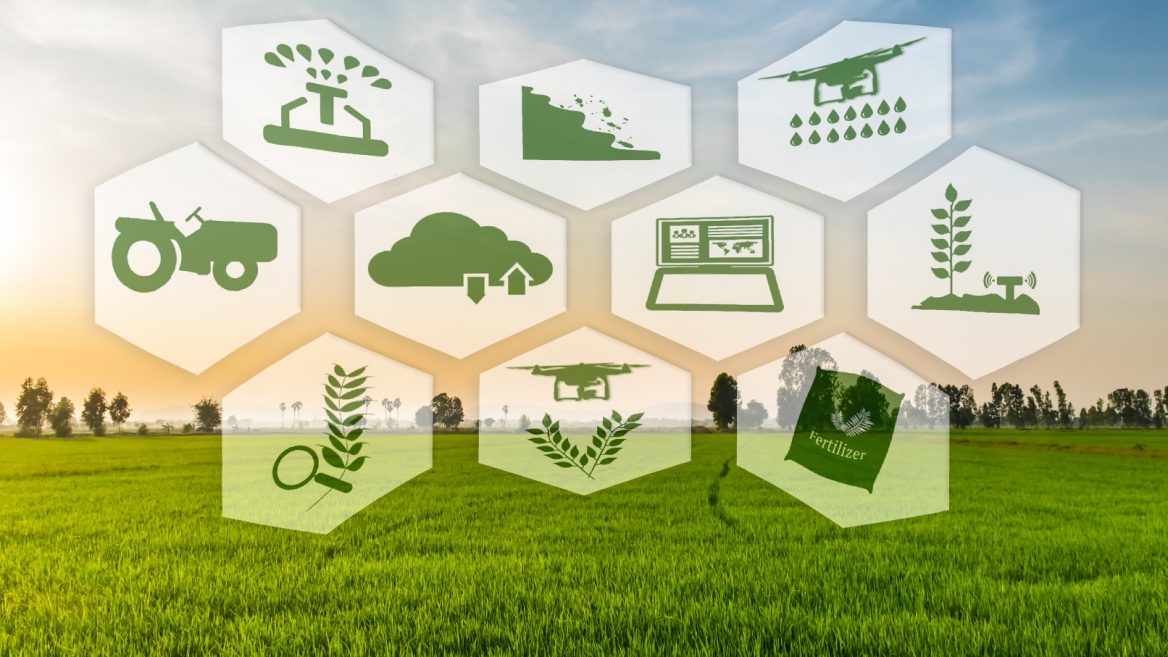Source: PMA
When did farming change? We now have autonomous control systems to patrol our fields, automated pickers and packers, and drones and satellites investigating our soil. Even smartphones are now used to control our equipment. But the evolution of farming using these sensing technologies, software apps, hardware systems, and communications systems could not move the industry forward without our ability to translate data.

While technology addressed growing concerns of labor shortages,
increasing efficiencies and bringing higher yields, the increase in
computational capacity moved smart farming to the next level. The use of
credible information allows farms to resemble factories that turn out
consistent and reliable products. This, along with cloud-computing,
increased our ability to use and understand the implications of swathes
of information from interconnected devices and equipment. This is the
basis of smart farming.
Each technological element allows produce and floral producers to tweak
and trim the cost of farming — resulting in more consistent,
predictable yields, according to a June 2016 report in The Economist
on the future of agriculture. Farming has been turned into a branch of
matrix algebra where soil moisture, soil nutrients, water, pest control,
and more, are all specifically placed, allowing farmers to optimize
yields and production. Something as simple as more-precise seed
placement, tillage and fleet management could reduce costs by as much as
10 percent, as noted in PMA’s 2016 IoT report on reducing risk.
And this interconnectivity does not end on the farm. It is used
throughout the supply chain to provide product transparency and ensure
the quality of the product when it reaches the consumer. As tech
analyst, Bernard Marr wrote in a Forbes report
this year, IoT connects the world around us. It allows us to better
understand and learn from information about inventory movement, consumer
demands, retail purchases, and warehouse data in order to create future
innovation. Traceability systems can provide a constant data stream on
farm products as they move through the supply chain. In addition,
packaging sensors can detect the freshness and quality of the product as
it moves through the supply chain. Analytics enable us to determine the
best crops for sustainability and profitability.
This trend also means increasing competition for tech workers. Despite a
growing number of STEM students, a relative few are choosing to
specialize in the produce and floral industries.
Rapid innovation will challenge current employees’ existing skill sets, necessitating a commitment to continuing education and training which begs produce and floral companies to invest in both smart technology an ongoing training.
